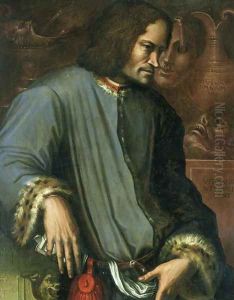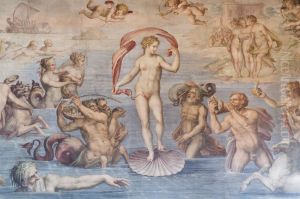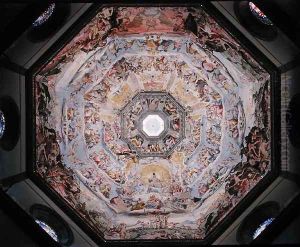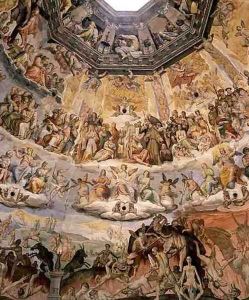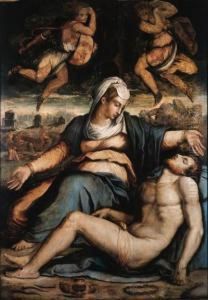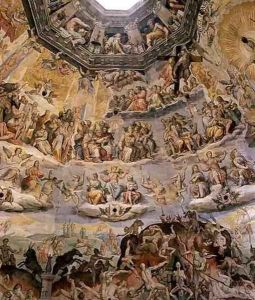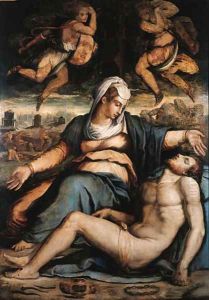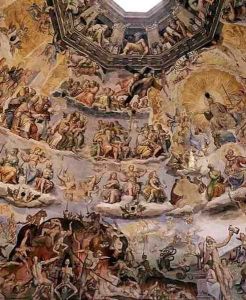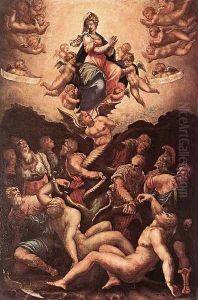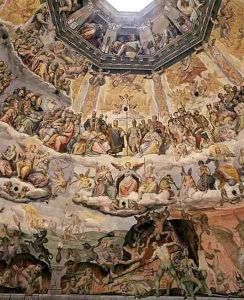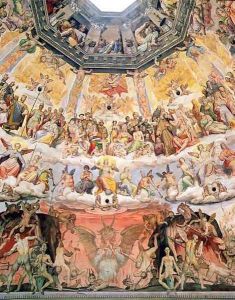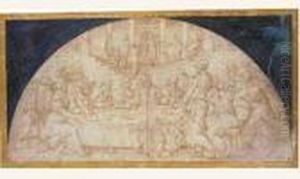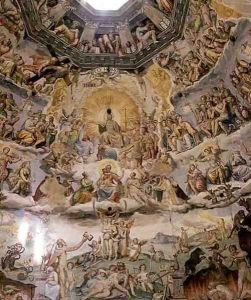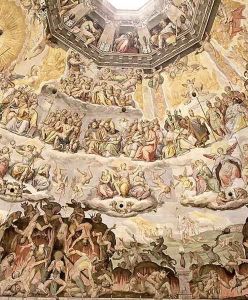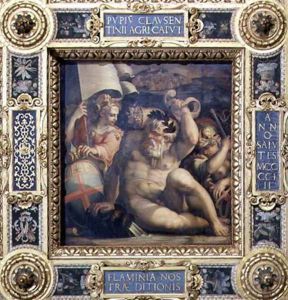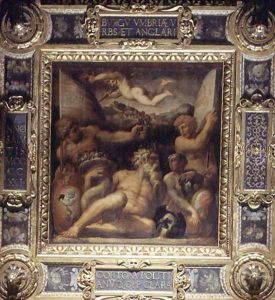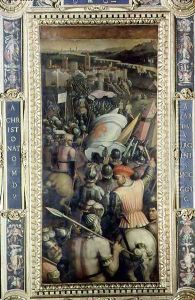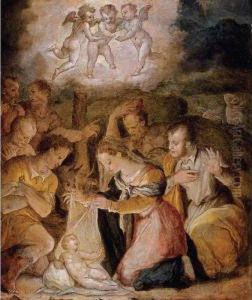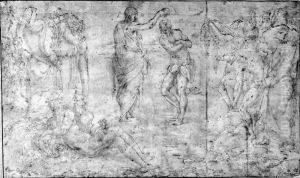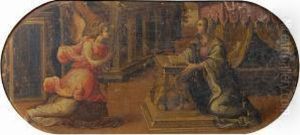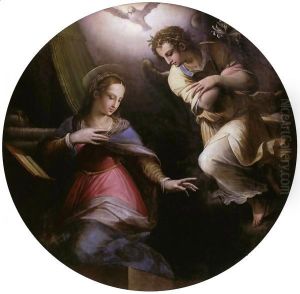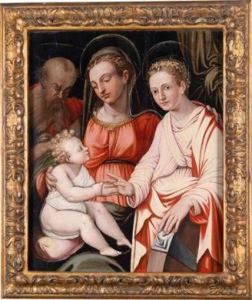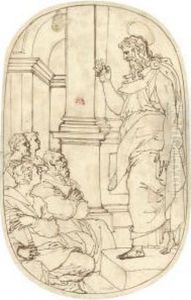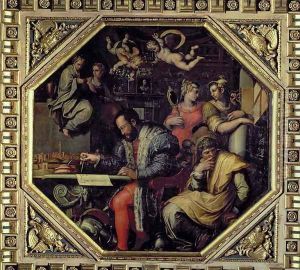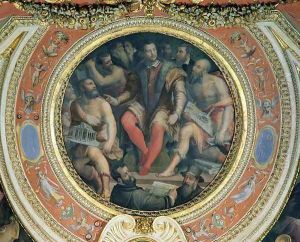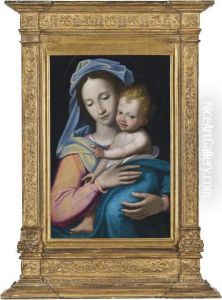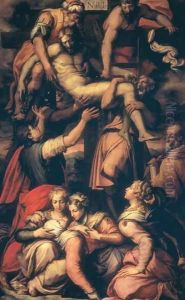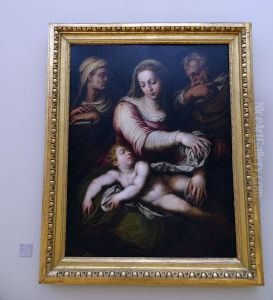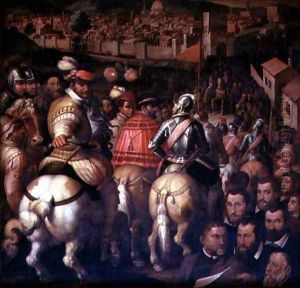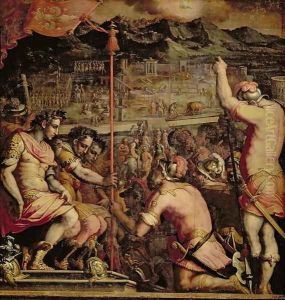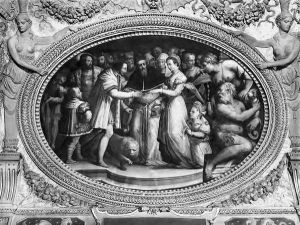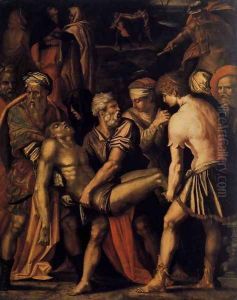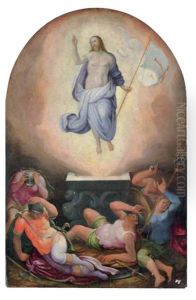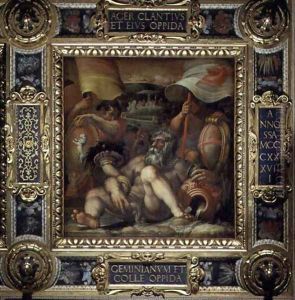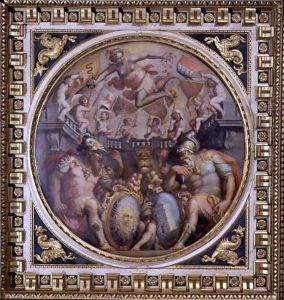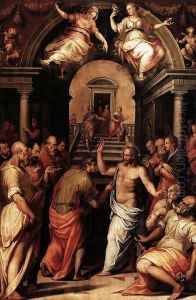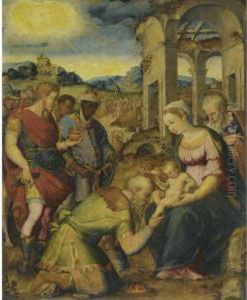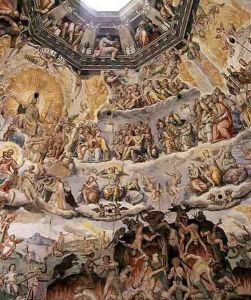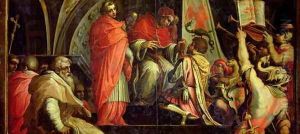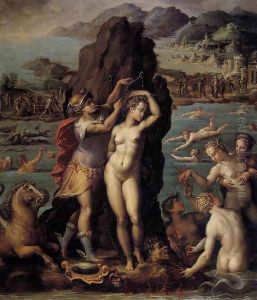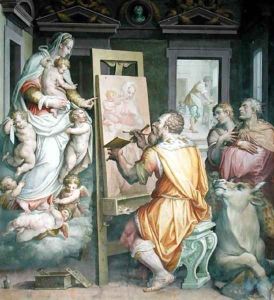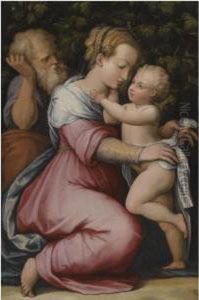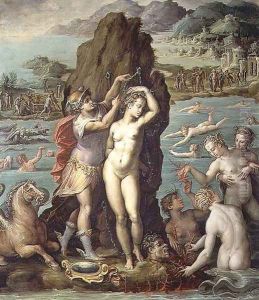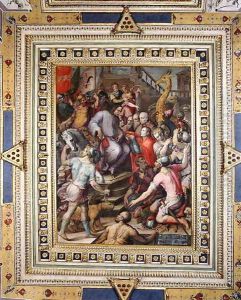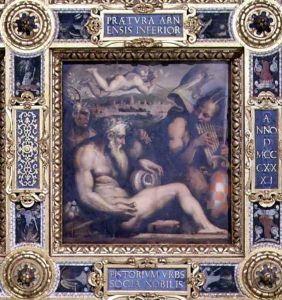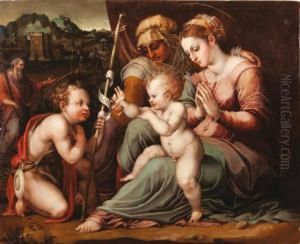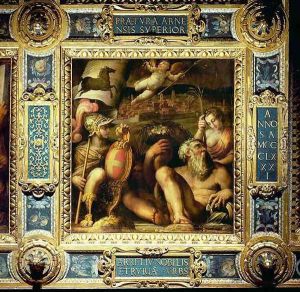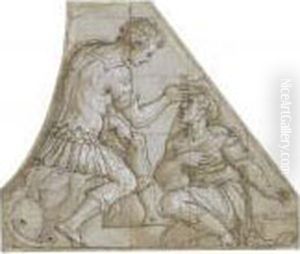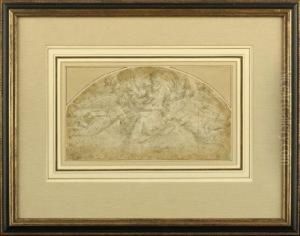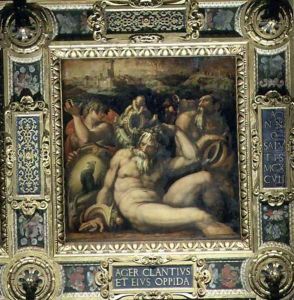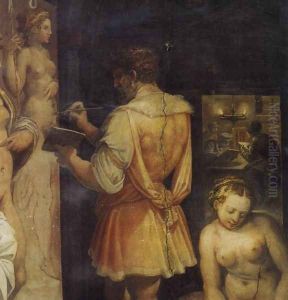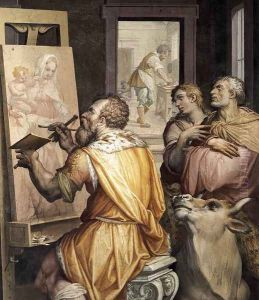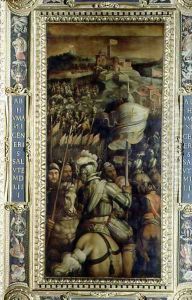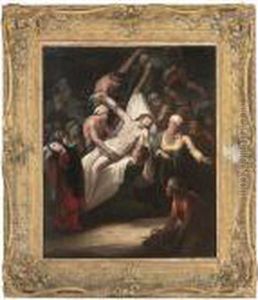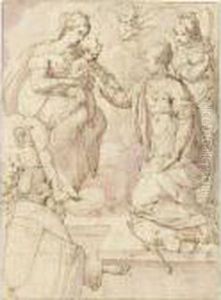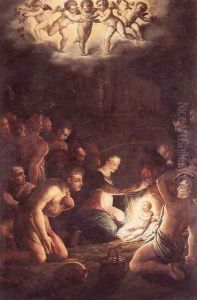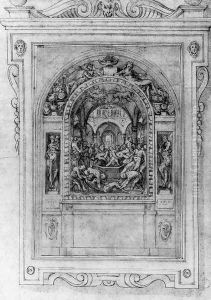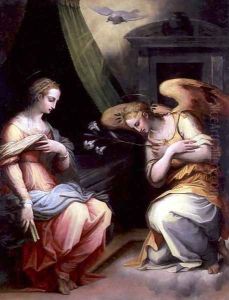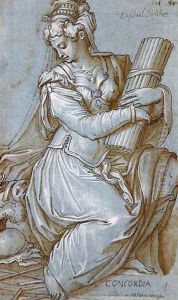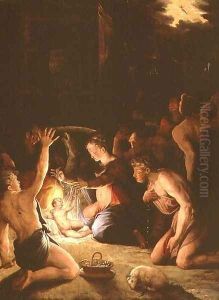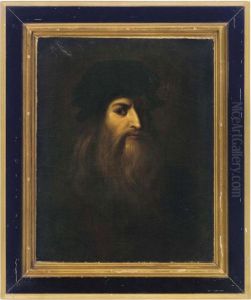Giorgio Vasari Paintings
Giorgio Vasari was an Italian painter, architect, and writer who is best known for his classic book 'Lives of the Most Excellent Painters, Sculptors, and Architects', often abbreviated to 'The Lives'. Born on July 30, 1511, in Arezzo, Tuscany, he showed an early talent for the arts and was sent to Florence to study under the guidance of prominent artists of the time.
In Florence, Vasari became a pupil of Andrea del Sarto and was influenced by Michelangelo and Raphael. He was part of the circle of artists in the Medici court and became known for his painting and decorative work. Vasari's paintings are noted for their elaborate ornamentation and often contain elements of Mannerism, a style that emerged in the later years of the Italian High Renaissance.
Beyond his artistic endeavors, Vasari was also a successful architect. He designed the Uffizi Gallery in Florence, originally intended to house the offices (uffizi in Italian) of the Florentine magistrates. Today, the Uffizi is one of the most famous art museums in the world. Vasari also worked on the renovation of the Palazzo Vecchio in Florence and was responsible for the construction of the Vasari Corridor, an elevated enclosed passageway that connects the Palazzo Vecchio with the Palazzo Pitti.
However, Vasari's most enduring contribution to art history is his biographical work 'The Lives of the Most Excellent Painters, Sculptors, and Architects'. First published in 1550 and later expanded and revised in 1568, this collection of biographies of artists is considered the groundwork of art historical writing. The book provides insights into the lives and works of many Renaissance artists, including Leonardo da Vinci, Michelangelo, and Raphael. It was instrumental in establishing the historical and cultural significance of the Italian Renaissance and has been a key reference for art historians ever since.
Vasari's narratives not only offer valuable information about the artists' lives, techniques, and works but also reflect his personal judgments and the artistic tastes of the 16th century. His writing is marked by a mix of fact and anecdote, providing a lively and engaging account of the artists he discusses.
Giorgio Vasari passed away on June 27, 1574, in Florence. His legacy as an artist, architect, and, most importantly, as the first art historian, remains significant to this day. 'The Lives' continues to be a fundamental text for the study of Renaissance art and its creators.
